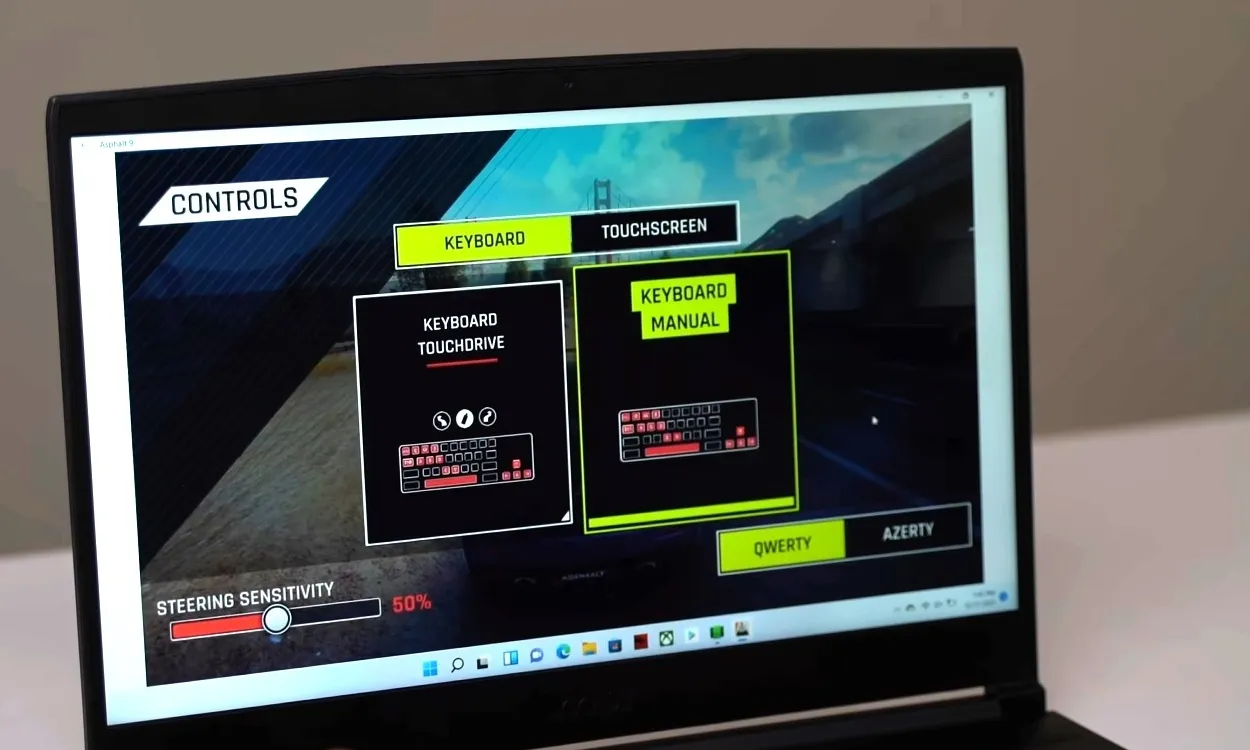
Official Methods: Windows Subsystem for Android (WSA)
Introduction to WSA
Windows Subsystem for Android (WSA) allowed users to run Android apps natively on Windows 11. This feature provided a seamless experience, integrating Android apps alongside native Windows applications. However, Microsoft announced that support for WSA would end in March 2024, offering a one-year guarantee of support for existing users.
Installing WSA
For those who have already installed WSA, here’s how to get started:
-
Enable Virtualization:
- Control Panel: Navigate to the Programs section.
- Turn Windows features on or off: Ensure Virtual Machine Platform and Windows Hypervisor Platform are enabled.
- Restart your system: This step is crucial for enabling necessary virtualization features.
-
Install WSA:
- Download WSA from the Microsoft Store or the Windows Subsystem for Android page on Microsoft Learn.
- Launch WSA from the Start menu after installation.
-
Set Up Developer Mode:
- Go to Settings within WSA.
- Navigate to Advanced settings.
- Turn on Developer mode to sideload APK files and access advanced features.
-
Install the Google Play Store:
- WSA comes with the Amazon Appstore by default. To use the Google Play Store, search for "how to install the Google Play Store on Windows 11" for detailed instructions.
Using WSA
Once WSA is set up, running Android apps becomes straightforward:
-
Launch Apps:
- Launch any installed Android app directly from the Start menu or by searching within WSA.
-
Sideload APKs:
- If an app is unavailable in the Amazon Appstore, sideload it by copying the APK file into WSA and installing it manually.
Unofficial Methods: Third-Party Emulators
With Microsoft's discontinuation of native Android app support for Windows 11, third-party emulators become the best option. Here are some popular choices:
BlueStacks
BlueStacks is a widely used Android emulator for Windows, offering a seamless experience for running Android apps. Here’s how to install and use BlueStacks:
-
Download BlueStacks:
- Visit the BlueStacks website and download the latest version.
-
Install BlueStacks:
- Run the installer and follow on-screen instructions to complete the installation.
-
Launch BlueStacks:
- Launch BlueStacks from the Start menu or desktop shortcut.
-
Access the Play Store:
- BlueStacks includes its own version of the Play Store, allowing app downloads.
-
Sideload APKs:
- If an app is unavailable in the Play Store, sideload it by downloading the APK file from a reputable source like APKMirror and installing it manually.
GameLoop
GameLoop, developed by Tencent Games, is another popular emulator designed primarily for gaming but also capable of running regular Android apps. Here’s how to use GameLoop:
-
Download GameLoop:
- Visit the GameLoop website and download the latest version.
-
Install GameLoop:
- Run the installer and follow on-screen instructions to complete the installation.
-
Launch GameLoop:
- Launch GameLoop from the Start menu or desktop shortcut.
-
Access the Play Store:
- GameLoop includes its own version of the Play Store, allowing app downloads.
-
Sideload APKs:
- If an app is unavailable in the Play Store, sideload it by downloading the APK file from a reputable source like APKMirror and installing it manually.
Additional Tips and Considerations
Virtualization Requirements
Both official and unofficial methods require virtualization to be enabled on your system. Here’s how to do this:
- Control Panel: Navigate to the Programs section.
- Turn Windows features on or off: Ensure Virtual Machine Platform and Windows Hypervisor Platform are enabled.
- Restart your system: This step is crucial for enabling necessary virtualization features.
System Requirements
Before installing any emulator or WSA, ensure your system meets the minimum requirements:
- CPU: Intel VT-X or AMD-V must be enabled in BIOS/UEFI settings.
- RAM: A minimum of 4GB RAM is recommended.
- Storage: A minimum of 20GB free space is required for installation.
Security Considerations
When using third-party emulators like BlueStacks or GameLoop, keep these security considerations in mind:
- Advertisements: Some emulators may display advertisements, which can be annoying but generally harmless.
- Data Privacy: Understand the data privacy policies of any emulator you choose. BlueStacks claims not to harvest or sell user data, but reviewing these policies is always good practice.
Final Thoughts
Running Android apps on Windows 11 has become more complex with Microsoft's decision to sunset native Android app support. However, several options remain available, both official and unofficial. The Windows Subsystem for Android (WSA) remains an excellent choice for those who have already installed it, although its support is limited to existing users for the next year. For new users or those looking for alternative solutions, third-party emulators like BlueStacks and GameLoop offer robust alternatives with seamless integration and access to the Play Store.
By following this guide, you should be able to choose the best method for running your favorite Android apps on Windows 11, ensuring a smooth and enjoyable experience.
